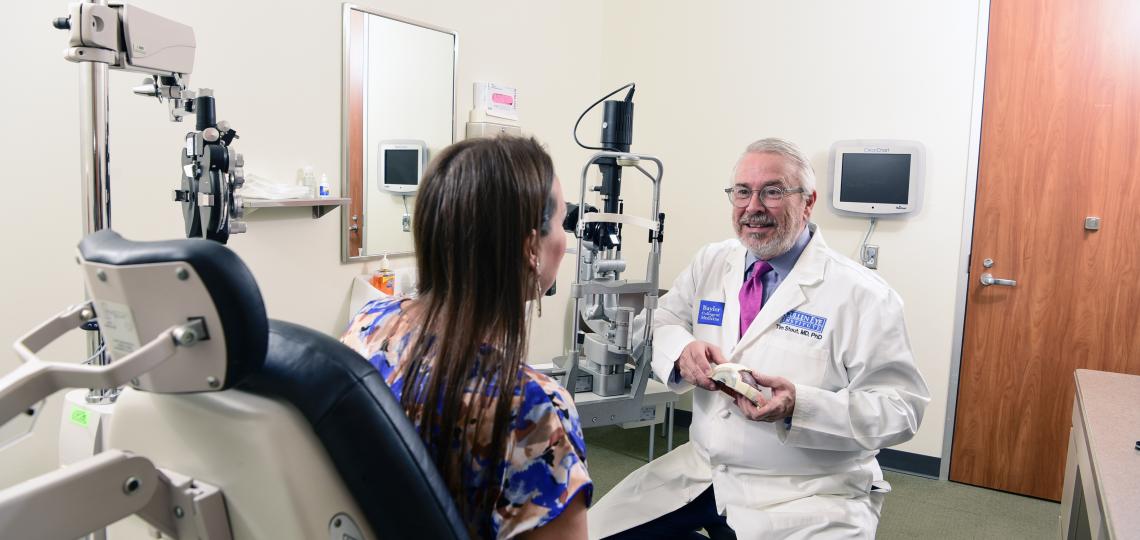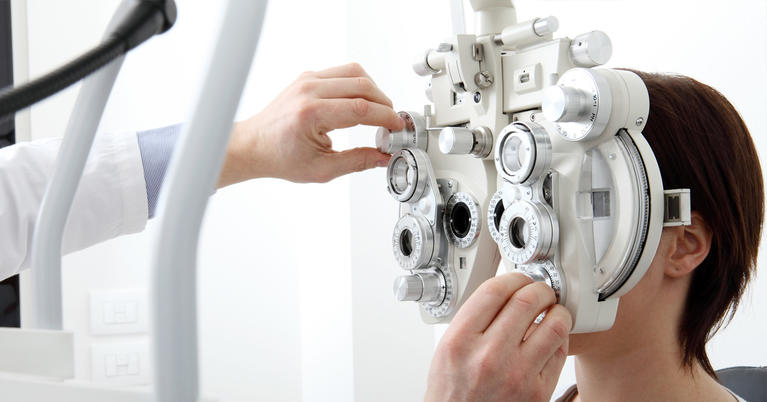Andalusia Pediatrics Clinics: Dedicated Care for Your Child's Health
Andalusia Pediatrics Clinics: Dedicated Care for Your Child's Health
Blog Article
The Pros and Disadvantages of Different Refractive Surgeries for Enhanced Eyecare

LASIK Surgical Procedure
LASIK surgical treatment is a frequently carried out refractive procedure that aims to deal with vision concerns such as nearsightedness, astigmatism, and farsightedness. Throughout the treatment, a thin flap is developed on the cornea, and a laser is utilized to improve the underlying cells, remedying the refractive mistake.
Among the main advantages of LASIK surgical procedure is the quick enhancement in vision experienced by lots of individuals. Most individuals notice a considerable enhancement in their eyesight shortly after the treatment, with marginal downtime required for healing. Additionally, LASIK is understood for its high success price and low occurrence of difficulties when performed by experienced cosmetic surgeons. Like any medical treatment, LASIK likewise brings some dangers, consisting of completely dry eyes, glow, halos, and under or overcorrection of vision. It is vital for people taking into consideration LASIK surgical procedure to undertake a detailed evaluation by an eye treatment professional to establish if they are ideal prospects for the treatment.
PRK Procedure
The PRK procedure, also known as Photorefractive Keratectomy, is a kind of refractive surgery that intends to deal with vision concerns similar to LASIK surgery. Unlike LASIK, which entails developing a flap in the cornea, PRK works on the surface area layer of the cornea.
One of the benefits of PRK over LASIK is that it removes the threat of flap-related difficulties given that no flap is developed during the surgical procedure. In spite of the longer recovery period, PRK can be an appropriate option for people looking for vision improvement surgical treatment.
SMILE Surgery
A cutting-edge refractive surgery technique acquiring popularity in the field of ophthalmology is SMILE Surgery. Small Laceration Lenticule Removal (SMILE) is a minimally invasive procedure that fixes vision by improving the cornea utilizing a femtosecond laser. Unlike traditional LASIK surgery, SMILE Surgical treatment entails developing a small cut in the cornea to extract a lenticule, which leads to much less interruption to the corneal framework and possibly faster recuperation times.
Among the main benefits of SMILE Surgical treatment is its capability to treat myopia (nearsightedness) and astigmatism with high accuracy, resulting in excellent aesthetic results for patients. The minimally invasive nature of the procedure also lowers the threat of difficulties such as completely dry eye syndrome, making it a beneficial choice for individuals looking for refractive surgical treatment.

LASEK Strategy
Having discovered the advantages and considerations of SMILE Surgical treatment, one more significant refractive surgery technique worth checking out is the LASEK Method. LASEK, which means Laser-Assisted Subepithelial Keratectomy, is a kind of laser eye surgery that aims to remedy refractive mistakes such as myopia (nearsightedness), hyperopia (farsightedness), and astigmatism.
Unlike LASIK, LASEK does not include developing official source a corneal flap. Instead, during a LASEK treatment, the specialist utilizes a watered down alcohol option to loosen up the slim external layer of the cornea, understood as the epithelium.
One of the main benefits of LASEK is that it can be ideal for individuals with slim corneas that might not be good prospects for LASIK. Additionally, LASEK normally causes minimal post-operative pain and a quicker recovery time compared to PRK. However, the visual recovery process with LASEK might be a little longer than with LASIK.
Implantable Get In Touch With Lenses
Implantable Call Lenses provide a long-term vision correction option for people seeking an alternative to traditional get in touch with lenses or glasses. These lenses, additionally referred to as phakic intraocular lenses, are surgically placed right into the eye to correct refractive errors such as nearsightedness (nearsightedness), hyperopia (farsightedness), and astigmatism. andalusia pediatrics. Unlike conventional contact lenses that rest on the surface of the eye, implantable contact lenses work within the eye itself, giving clear vision without the demand for everyday upkeep or removal
One of the essential benefits of implantable get in touch with lenses is their durability. Once put, they can remain in the eye indefinitely, offering consistent and steady vision modification. In addition, these lenses can be a superb choice for people who are not good candidates for laser eye surgical treatment or that favor a reversible vision correction procedure.
Nonetheless, implantable contact lenses do carry some risks, consisting of the capacity for cataracts or boosted eye pressure. It is crucial for people considering this alternative to consult with an eye treatment professional to determine if implantable get in touch with lenses are the right This Site choice for their certain demands and eye health and wellness.
Conclusion
In final thought, each kind of refractive surgical procedure has its own benefits and downsides. LASIK surgical treatment is prominent for its quick recuperation time, while PRK treatment may be suitable for clients with slim corneas.

On The Whole, SMILE Surgical treatment presents a promising option for people looking to boost their vision through refractive surgery.
Report this page